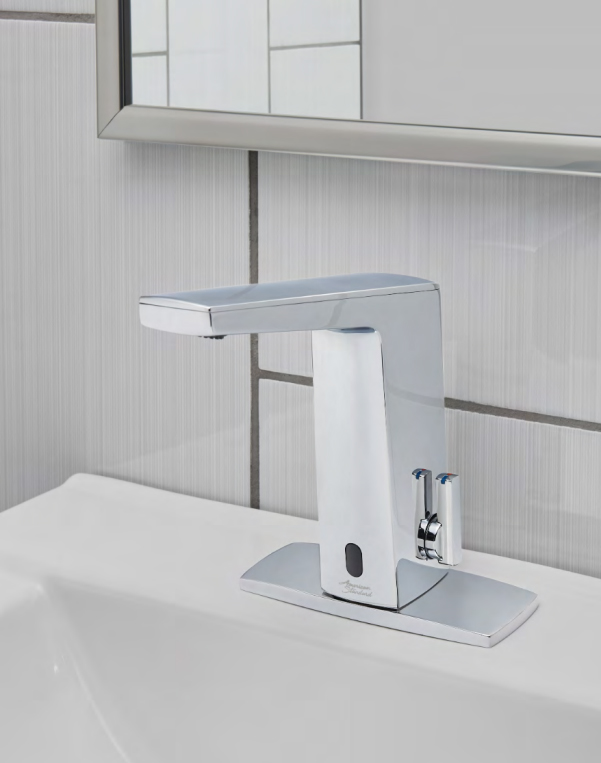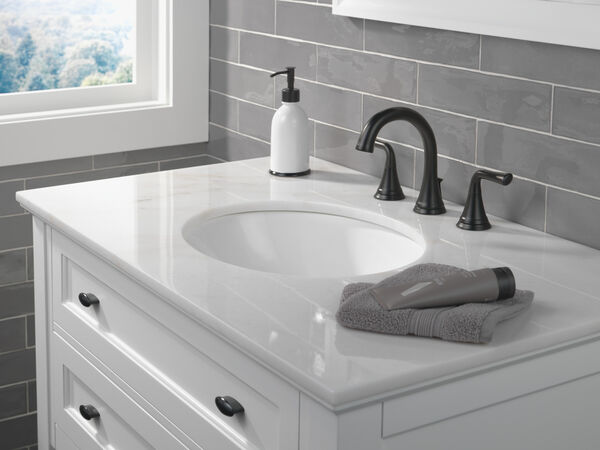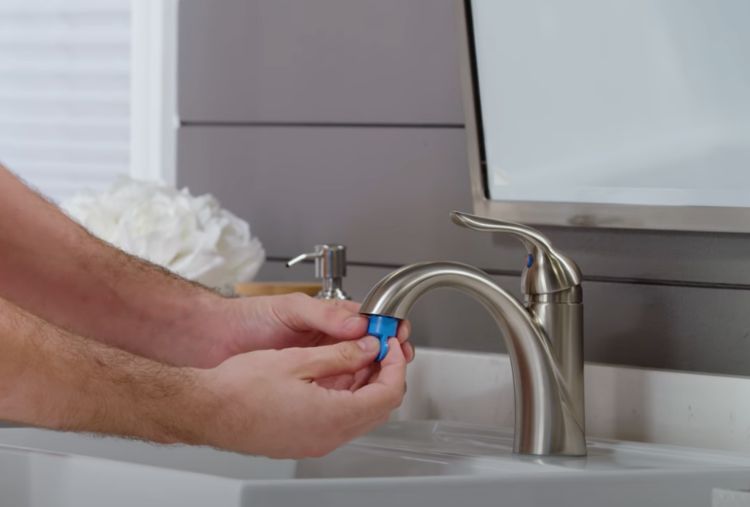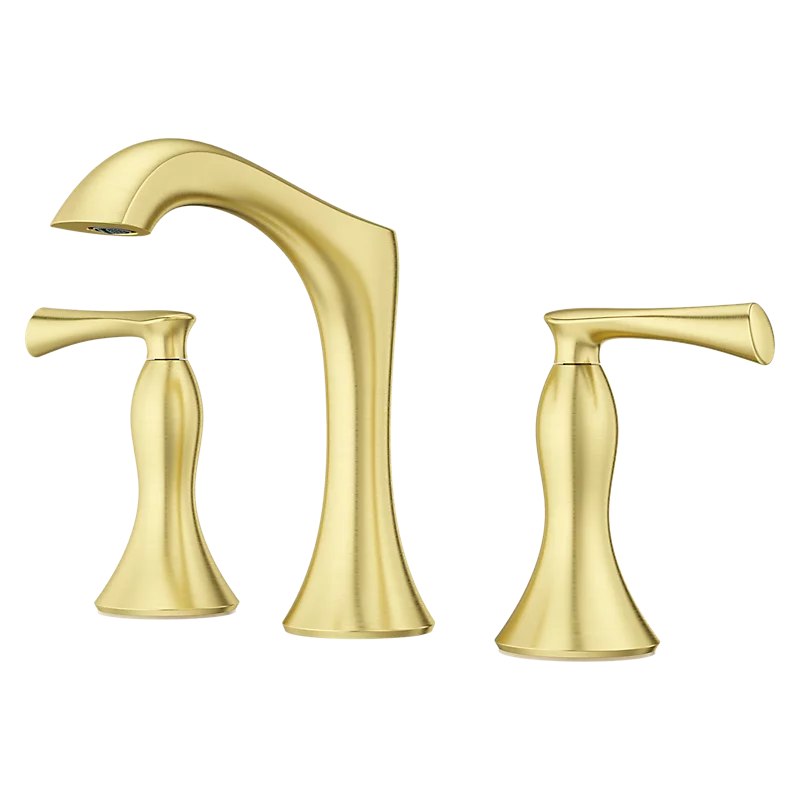‘We may have to rethink the toilet seat altogether’: How the coronavirus could change bathrooms for the better
“U.S. businesses don’t seem to understand like European businesses that having clean, safe, nice bathrooms is better for their bottom line.”

Even before COVID-19, the United States was behind in its approach to public restroom design: gendered bathrooms with typical foot-revealing stalls (or even totally unencased urinals) lack the privacy, cleanliness, and comfort of their gender-neutral, single-pod counterparts in Europe and Asia. But as the U.S. gears up for a reopening in the midst of the COVID-19 crisis, the inadequacies that were once uncomfortable are revealing themselves to be downright dangerous.
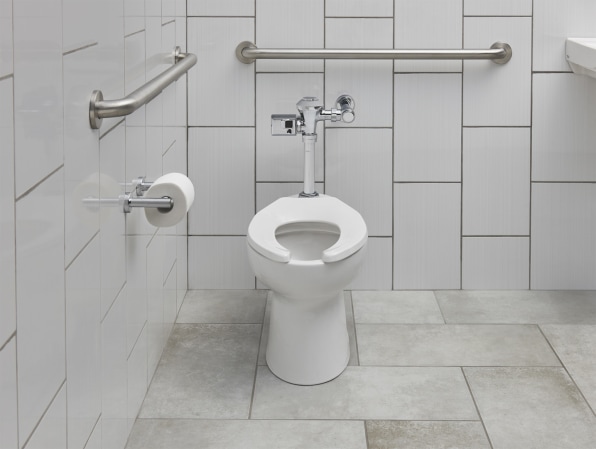
Consider that the vast majority of commercial bathrooms in the U.S. don’t even include lids on toilets—meaning that every time someone flushes, a “toilet plume” of droplets explodes into the air, coating the surrounding stall (and the person standing in it) and aerosolizing the bowl’s contents, which can be breathed in and ingested by nearby parties (gross). America’s open-topped and -bottomed stalls make that problem even worse, considering that most experts estimate a “plume” can travel six feet in every direction, including up and over any stall and into the next (more gross). We also know that COVID-19 has been found in human poop, up to 33 days after infected people have recovered and tested negative for the virus. No amount of handwashing will remove a virus sprayed all over your body.
There are some obvious (if inconvenient) fixes: Adding lids to public toilets; implementing touchless flushing, faucets, and soap dispensers; and closing off every other stall or urinal if they’re too tightly packed together. Erin Lilly, a design manager for Kohler, says that the company expects to see an uptick of interest in “materials that repel dirt or allow for easier cleaning (including withstanding stronger cleaners) and products that function with minimal to no human touch.”
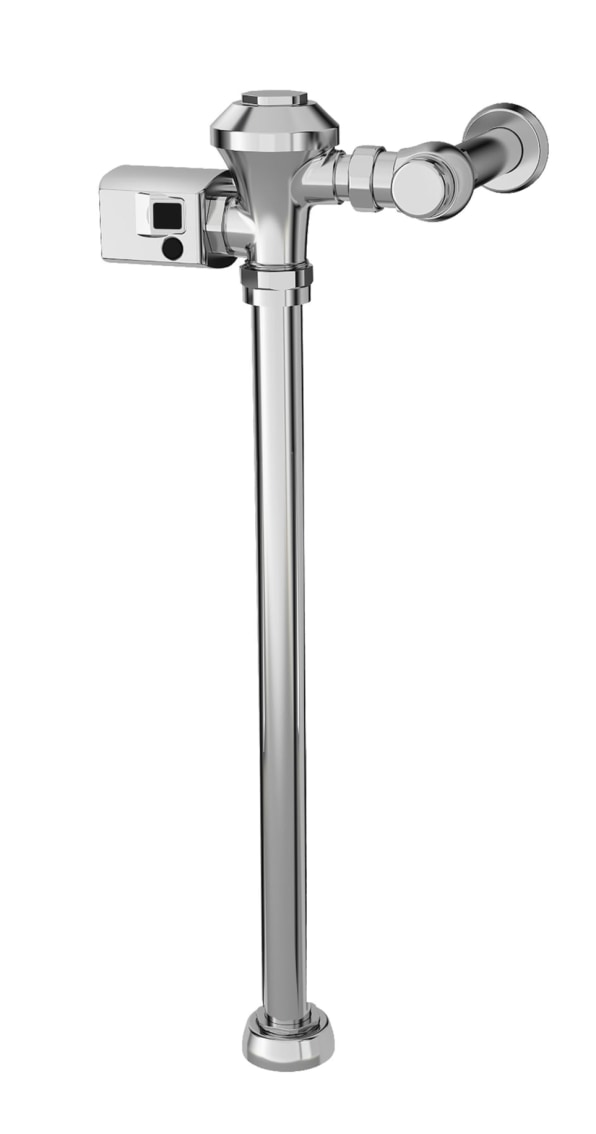
James Walsh, VP of product management at American Standard, says that the company has seen “a huge uptick in requests for touchless technologies,” particularly from schools hoping to improve bathrooms before potentially reopening this fall. And while lids may seem like a quick fix, Walsh says Americans are generally not inclined to use them in shared spaces. “People don’t even want to touch a manual flush valve; they kick-flush using their foot,” Walsh says. “We may have to rethink the toilet seat altogether and potentially add sensor activation of the seat going up and down.”
How to successfully reopen your business following COVID-19 stoppage
As states relax shutdown orders, here are the stages of reopening that may protect your customers, employees, and business.
American Standard is also expecting to see increased interest in deeper sinks with steeper-sloped basin walls. They’re currently typical in surgical suites, where healthcare workers scrub up before an operation, and they ensure that water doesn’t splash back onto the user or collect in bacteria-attracting puddles on surrounding counters.
More long-term, experts suggest that the public restroom needs to be elevated in American priorities. “U.S. businesses don’t seem to understand like European businesses that having clean, safe, nice bathrooms is better for their bottom line,” says Steven Soifer, a professor of social work at the University of Mississippi and president and cofounder of the American Restroom Association. The organization has long advocated for single-person, gender-neutral restrooms; the pandemic has added one more argument for them, since this setup means those “toilet plumes” at least don’t carry over to the stall next to yours. Soifer also points to a disastrous experiment by the city of Seattle to install self-cleaning public bathrooms—which sprayed disinfectant and power-washed floors after every use (but ended up trapping and hosing down homeless people)—as an expensive solution that might be considered (if implemented better) after COVID-19. Though the execution would have to be closely evaluated, the idea might have some value, considering that experts estimate COVID-19 can survive on hard, smooth surfaces such as stainless steel for up to three days.

Beyond the flush and stall itself, the way our public restrooms are organized doesn’t bode well for social distancing, says Kathryn Anthony, a professor of architecture at the University of Illinois at Urbana-Champaign who is also a board member of the American Restroom Association. For venues that anticipate people being squeamish about touching door handles, we may see the adoption of S-shaped restrooms that don’t have entrance doors and instead use a winding shape to keep stalls from view. Anthony also advocates for gender-neutral restrooms, to prevent incidents particularly at high-traffic events where women have to wait in long, closely packed lines while men’s rooms remain fairly empty.
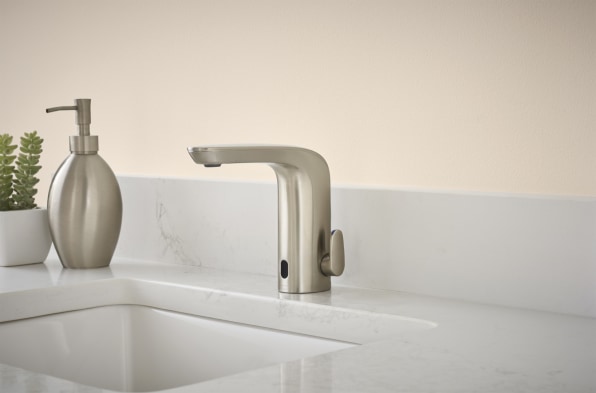
While there’s much to be improved in America’s restrooms, there are some factors to be reassured about—at least according to Andrew Dent, EVP of material research at Material Connexion (which researches and advises design companies on the best materials for products). Dent points out that bathrooms, unlike stores, offices, waiting rooms, or lounges, are designed for regular, harsh disinfection and are cleaned on a regular basis even outside of pandemics.Though there have been suggestions that naturally antimicrobial materials such as silver or copper might make a resurgence post-COVID-19, it would be better to clean bathroom surfaces more regularly. “If we’re concerned about bacteria and viruses, every single door is covered in them,” Dent says. “The handle in the restroom has probably been cleaned 10 times in the past few hours.” (Though that may be a tad optimistic, the point stands.) Dent suggests that time and research would be better spent changing people’s habits, whether that’s getting them to wash their hands for longer and more often or putting the seat down when they flush. “I would prefer a smooth, nonporous surface which is touched minimally by design, and have it cleaned as regularly as possible.”
Designers of the world, have at it.


